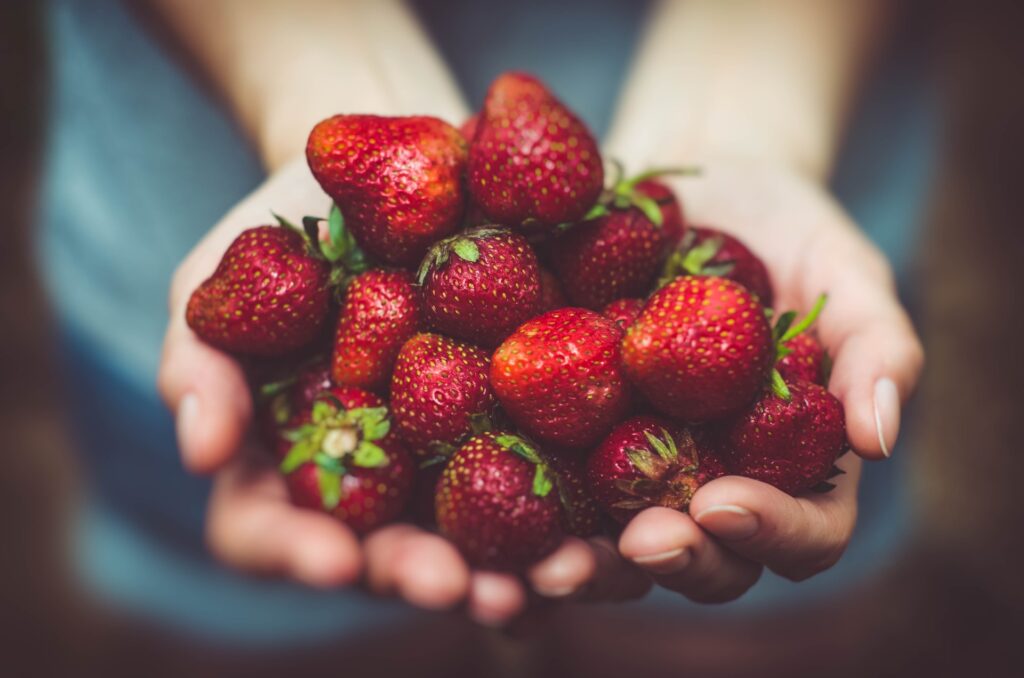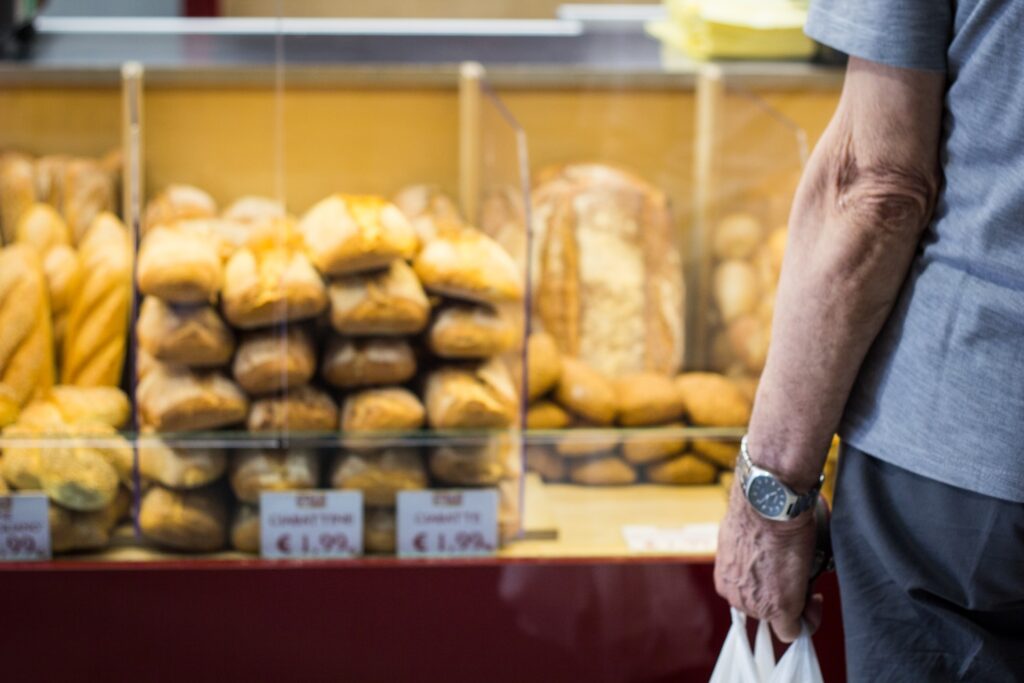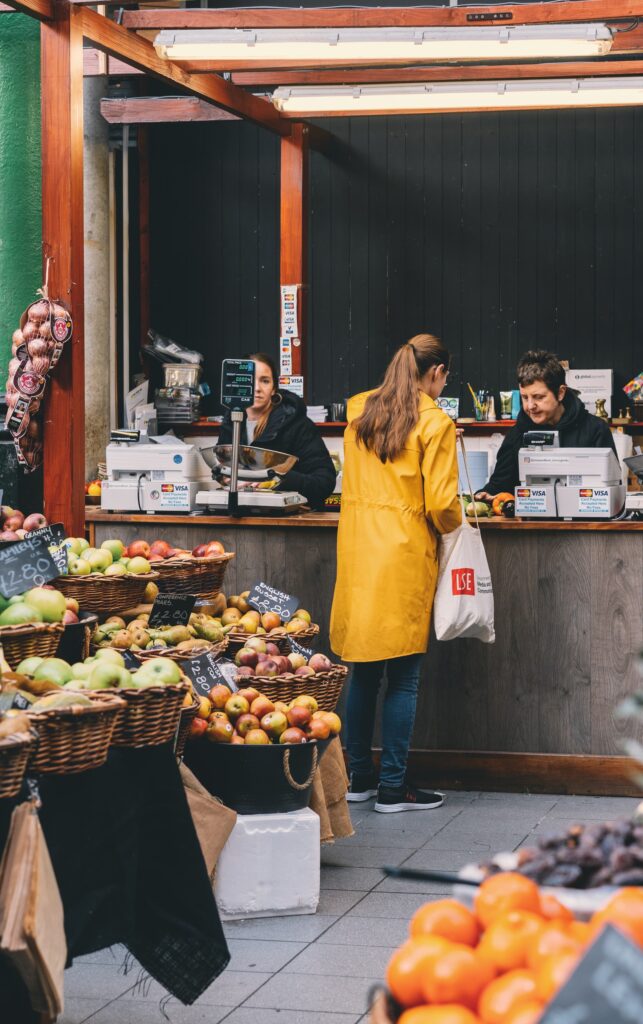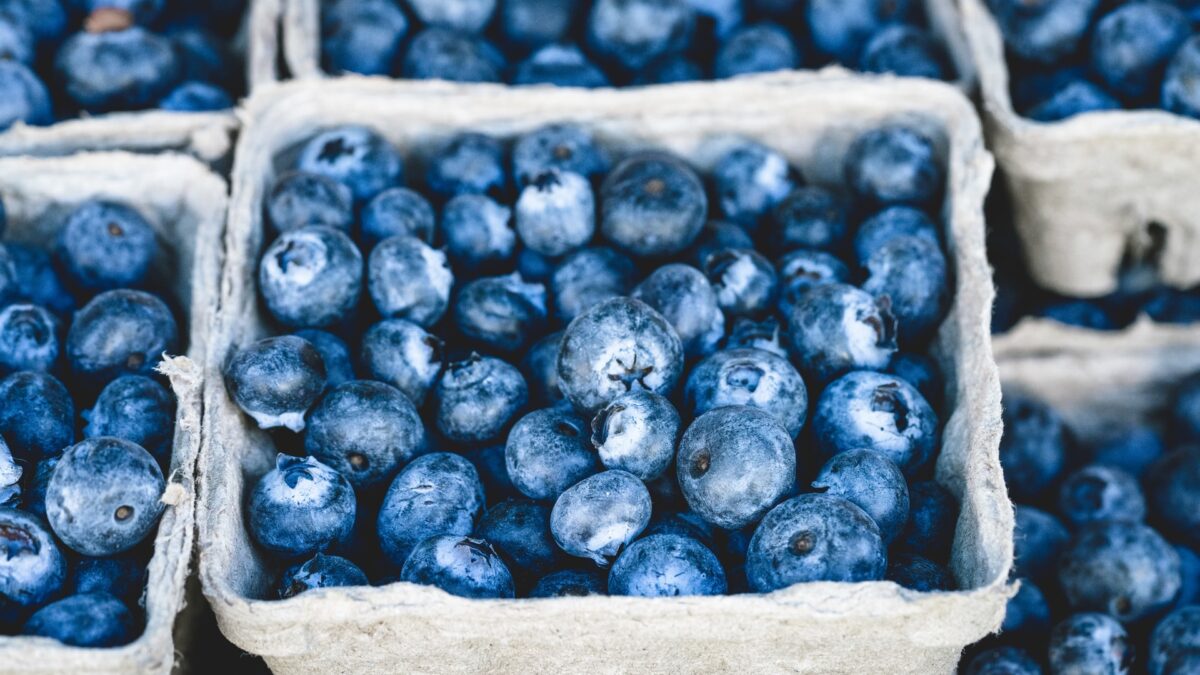Most people think that food insecurity is only a problem in Africa and other less-developed nations. However, that’s not true. There are millions of people who suffer hunger in well-developed countries like the United States. In 2020, more than 38 million people faced starvation due to food insecurity, according to the USDA’s Household Food Insecurity in the United States report.
The human body needs regular sustenance. However, if you’re unable to fulfill your body’s necessary nutritional requirements, you can end up in a world of trouble. Food insecurity causes hunger, which brings with it numerous diseases. For starters, malnutrition is something that everyone wants to avoid. Moreover, starvation can also result in stunted development, low birth rates, premature births, stress, anxiety, and in extreme cases, mortality.

COVID-19 is causing many problems worldwide, and one of those is a restriction on food supplies. According to a report by Feeding America, the pandemic will force 42 million to starve due to food insecurities this year. Considering all factors, 42 million people is a sizable percentage of the total US population and a figure that raises alarm bells. However, the United States government does its best to accommodate these people through its Supplemental Nutrition Assistance Program (SNAP).
What is the Supplemental Nutrition Assistance Program?
The SNAP, also known as the food stamps program, is a federal program that aims to supplement the monthly budget for needy families to allow them to eat healthily. The United States Department of Agriculture Food and Nutrition Service administers the program. SNAP covers the cost of essential foods, including produce, meats, cereals, and bread.
The US government set the foundation for SNAP with the Agriculture Adjustment Act (AAA) in 1933. However, the government didn’t begin the SNAP until 1939.
Initially, the program relied on food stamps that the government would provide low-income families. Families could take these stamps to authorized retail locations and exchange them for their food supplies. However, since the 2000s, the program has experienced several changes. An electronic benefits card replaced the food stamps, causing the program to shed its old name. Electronic benefits cards function like debit or credit cards, allowing people to transfer government benefits from a federal account to an authorized retailer. The government implemented these cards to reduce program fraud, ensure ease of use, and curtail the stigma associated with food stamps.
Qualifying for the SNAP
The SNAP program works on a state level and not a federal level, meaning you’ll have to check with your state’s local agency to determine whether you’re eligible for the program. However, typically there are a few requirements you must meet to qualify for SNAP.

If you’re someone who’s on low wages or works part-time, you might be eligible for the program. In addition, you’ll also have to show the government that you aren’t voluntarily lowering your work hours. The government typically sets the income threshold you need to meet to qualify for the program. The required income level typically varies depending on your household. If you have a family of four, your gross income must be $2,839 or less. You can find out your income threshold by checking out the Department of Agriculture Food and Service website.
People who are currently unemployed also qualify for the program. However, the requirements for unemployed people are stringent. You’ll have to show that you’re actively looking for work and aren’t turning down any employment opportunities.
Furthermore, SNAP is available only for US citizens. If you aren’t a US citizen, it’ll be challenging for you to get access to the program. However, some US residents can also qualify for the program. To be eligible, you’ll need to be a legal US resident for at least five years, be on disability assistance, or be under 18.
How Much Can You Receive in SNAP Benefits?
The government allows SNAP benefits based on your household’s monthly net income. Typically, SNAP households spend 30 percent of their income on food. Therefore, the SNAP calculator takes your household’s net income, multiplies it by 0.3, and gives you the final result as your monthly allotment. Maximum monthly benefits range depending on household members. If you’re a single-person SNAP household, your highest possible allocation will be $234. However, if your family has eight members, you can receive as much as $1,408.
Applying for SNAP
There are several ways to apply for the SNAP. You can use the following methods:
Paper Application
You can ask for a SNAP paper application in person at the office, over the phone, or by mail. The SNAP office will give you a form on the same day you ask for one. Moreover, you can also download an application from the official website. You can deposit it in person, via mail, or a third party. Some states also allow you to email or fax your application.
Online Application
Some states also allow you to apply online. Check whether your state accepts online applications before proceeding to do so. The SNAP state directory can help you assess your state’s stance on online applications.
Getting a Free Cellphone Through SNAP
In addition to fulfilling your sustenance needs and ensuring you meet your nutritional requirements, SNAP can also help you get free cellphone services.

The United States government recognizes the importance of telecommunications. Under the Reagan administration, the government deemed telecommunications as a right rather than a luxury. Given that the world is becoming increasingly digitized, cellphones have become a necessity for various purposes. Whether you want to apply for jobs or catch a ride, you need a cellphone and data services.
The government operates the Lifeline program, which is a cellphone assistance program. Lifeline is a government-assisted program that provides free cellphone services for low-income people. Eligibility for the Lifeline program varies. However, if you’re already a part of SNAP, you qualify automatically.
Life Link Today connects people qualifying for the Lifeline program with leading cellphone service companies. They offer their services across all 50 US states and Puerto Rico, ensuring that you receive the best cellphone service possible.
Visit their website to sign up for free cellphone service today.
About The Author
Jacob Ward is a former social worker. He decided to retire in 2018 after enjoying an illustrious 30-year career helping people. Now, Ward works as a consultant, and he’s currently affiliated with Life Link Today. Despite his advanced age, he still harbors a passion for helping others and doing good in the community.


